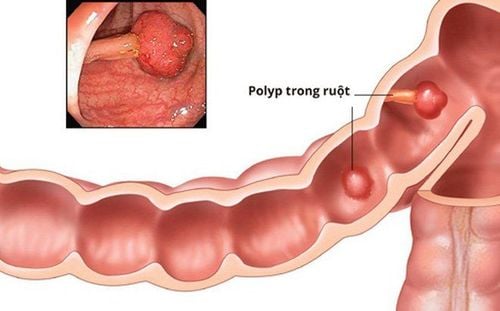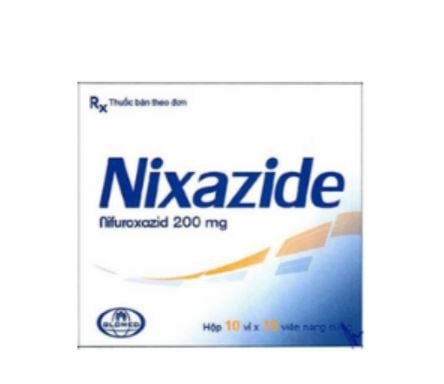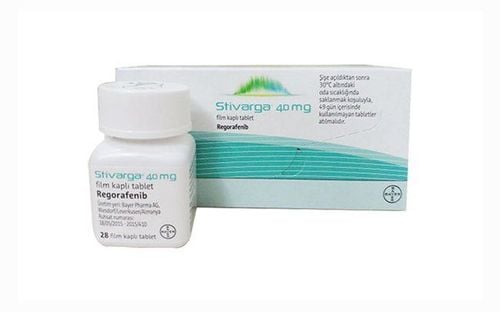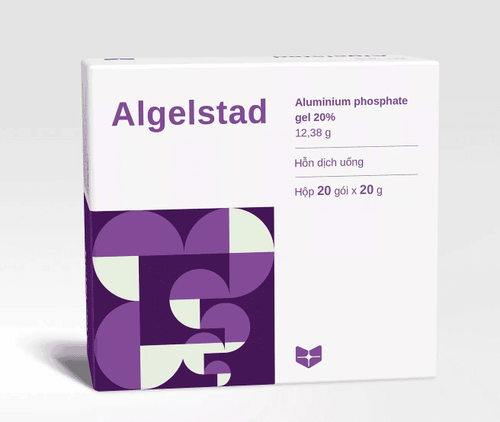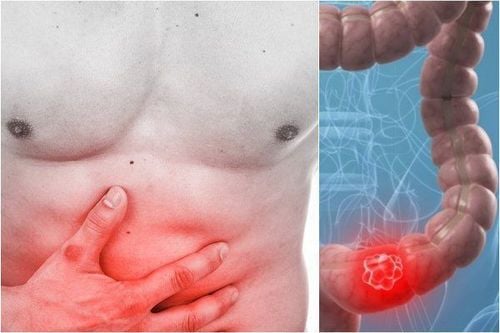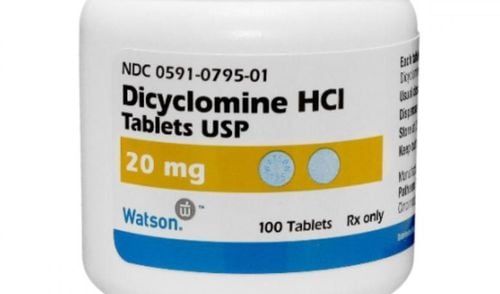This is an automatically translated article.
Colonic stricture is an urgent condition that requires early diagnosis and intervention. The cause of colonic stricture may be the result of mechanical disruption or flow of intestinal contents, or dilation of the colon due to an anatomical injury. The most common treatment for stenosis of the colon is dilation and placement of a stent at the site of the narrowing.
1. Pathology that causes colonic stenosis
Colorectal cancer is a very common disease today. Many cases of cancer after surgery often present with anastomosis due to tumor recurrence (malignant occlusive stenosis) or fibrosis (benign stenosis). Besides, many cases of metastases and extensive invasion are no longer indicated for radical surgery, it is necessary to re-establish the circulation of the colon, treat the narrowing of the colon to ensure the quality of life for the patient. .
2. Advantages of treating colonic occlusion under enhanced radiographs
No need for general anesthesia The instruments used are very small so they can easily pass through the narrow space, minimally invasive. High probability of success, few complications Applicable to some cases where surgery is no longer indicated or surgery has been performed
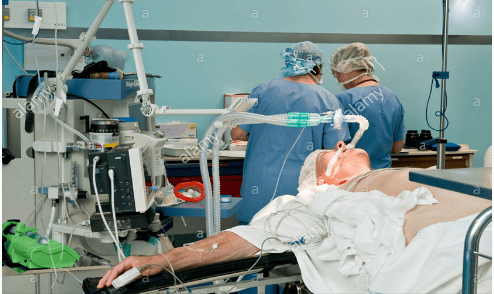
Ưu điểm điều trị hẹp tắc đại tràng dưới X quang tăng sáng là không cần gây mê toàn thân
3. Indications, contraindications for treatment of colonic stenosis under bright X-ray
Indication cases:
Preparation before surgery for colorectal cancer 1, Colic anastomosis, benign stenosis after surgery Malignant stenosis due to recurrent tumor Inflammatory bowel disease of the stomach and duodenum Chronic malignant stricture disease of stomach, duodenum, jejunum Primary and secondary cancer of colon no longer indicated for tumor resection Cholangiocarcinoma, invasive pancreatic head cancer Some cases of fibrosis Colon stricture rare tuberculosis, diverticulitis, colitis after irradiation, colonic fistula Contraindications:
Perforation of gastrointestinal tract, perforation of hollow viscera for any cause Systemic infection Inflammation peritoneum Progressive esophageal injury (esophageal burns, advanced esophageal cancer)
4. Treatment of occlusive colonic stenosis under bright X-ray
4.1 Preparation for the procedure
To perform the treatment of colonic stenosis under enhanced X-ray, it is necessary to prepare:
Implementation team:
Specialist doctor, auxiliary doctor; Electro-optical technician; Nursing; Anesthesiologist/technologist (if patient is excitable, difficult to cooperate). Means of use:
Fluoroscopy; Film, film printers and image storage systems; Lead vest, apron to help shield from X-rays; Drugs:
Local anesthetics; General anesthetic; Water-soluble iodine contrast agent; Antiseptic solution for skin and mucous membranes. Common medical supplies:
5.10ml syringe; Distilled water (physiological saline); Sterile interventional instruments (knife, forceps, tool tray scissors, etc.); Cotton bandages, surgical gauze; Surgical clothing; Medicine box and accident first aid box. Special medical supplies:
Standard angiographic catheter 4-5F; Leads corresponding to angiographic catheters; Stent tube: specialized gastrointestinal tract support; Specialized balloons; Pump pressure using balloons. Patients need to prepare:
Be explained in detail about the procedure to coordinate with the doctor. Perform a clinical examination before the procedure. Fasting, drinking before 6 hours, do not drink more than 50ml of water. In the intervention room: the patient lies on his or her side, depending on the drainage position. The doctor installs a monitor to monitor breathing, electrocardiogram, pulse, blood pressure, and oxygen saturation in the peripheral blood. Cover the anal area with a sterile wrap with a hole in it. In case the patient is too excited, it is difficult to lie still, a sedative will be prescribed.
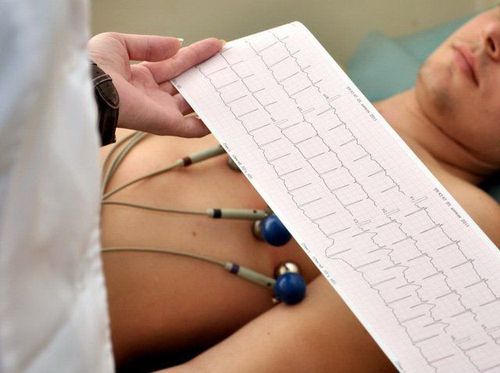
Trước phẫu thuật bệnh nhân cần lắp máy điện tâm đồ
4.2 Treatment procedure for colonic stenosis
Steps to perform treatment of occlusive stenosis under enhanced X-ray:
Step 1: Assess the location of the stenosis
Insert the catheter and wire through the anus into the colon to reach the colonic obstruction. Withdraw the lead and inject the water-soluble contrast medium to facilitate visualization of the extent and location of the stenosis. Step 2: Approach the Narrow Site
Under the guidance of the Illuminant X-ray screen, pass the guide wire through the narrow site, then pass the tube through the narrow position under the guide wire guide. Inject contrast agent through the catheter to determine the location, extent, and length of the stricture. Step 3: Dilatation - stent placement at the narrow site
Insert the lead and tube through the colonic stenosis. Use a balloon dilation at the site of colonic stenosis. Place and inflate the stent through the wire. Step 4: Finish the procedure
Check the circulation from the rectum to the colon and cecum. Withdraw all leads and catheters. Step 5: Evaluation of the results
Regarding the position, the stent should be located in the correct position of the colonic stenosis, the upper and lower end of the stent should cover the upper and lower end of the stricture at least 1cm. In terms of function, when pumping drugs from upstream to downstream, there is favorable circulation. It was observed that the lumen of the digestive tract was still narrower than 30%. Do not drain the contrast agent out of the gastrointestinal tract into the abdomen or retroperitoneal space.
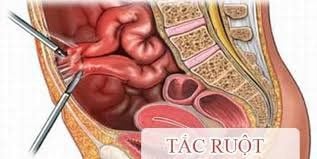
Tắc ruột có thể xảy ra sau thủ thuật điều trị hẹp tắc đại tràng
5. Complications after the procedure and treatment direction
Complications after the procedure to treat colonic stenosis include:
Stent slip: Due to the size of the selected stent is not suitable for the degree of colonic stenosis. Intestinal obstruction: Stent slips downstream or due to fibrous, poorly cooked food getting stuck in the stent causing intestinal obstruction. Perforation of hollow viscera: Emergency surgery is required. Bleeding: When you see gastrointestinal bleeding, it is necessary to continuously monitor and treat medically. Embolization may be used to stop bleeding if bleeding does not stop. Vinmec International General Hospital with a system of modern facilities, medical equipment and a team of experts and doctors with many years of experience in medical examination and treatment, patients can rest assured to visit. and hospital treatment.
To register for examination and treatment at Vinmec International General Hospital, you can contact Vinmec Health System nationwide, or register online HERE.




